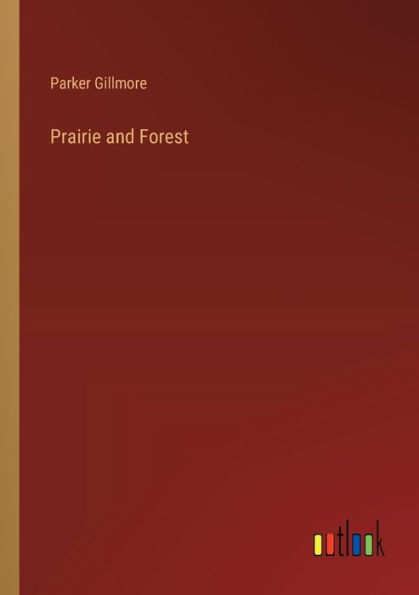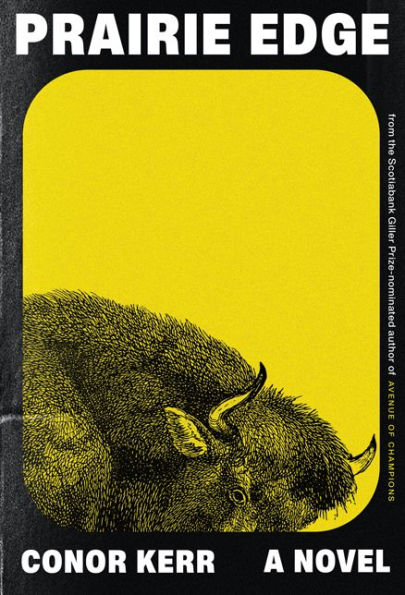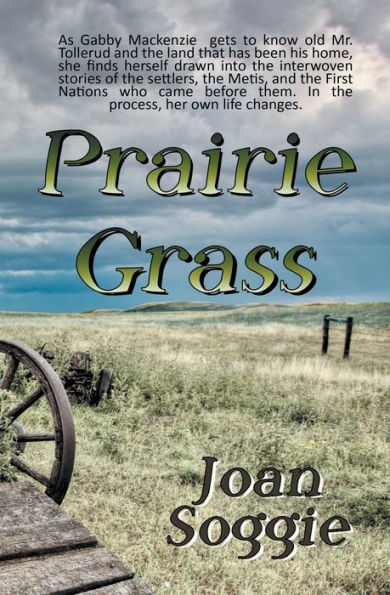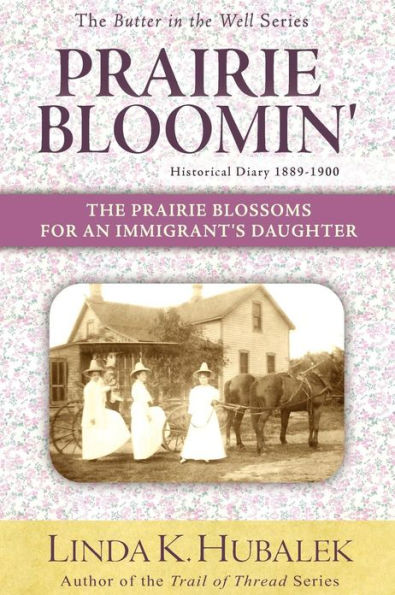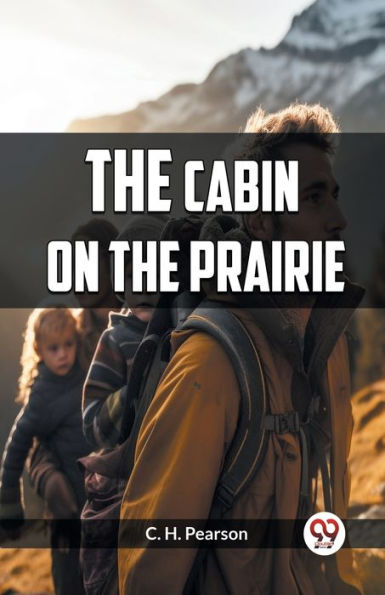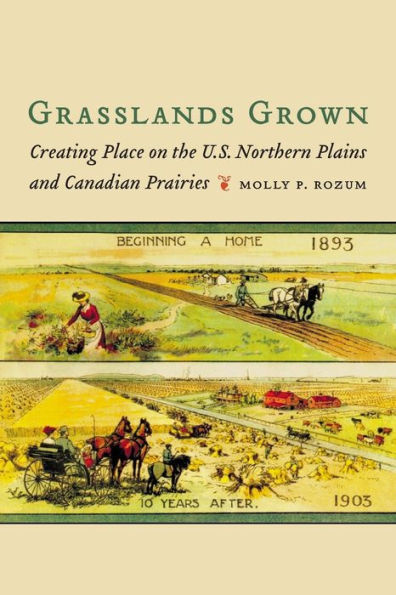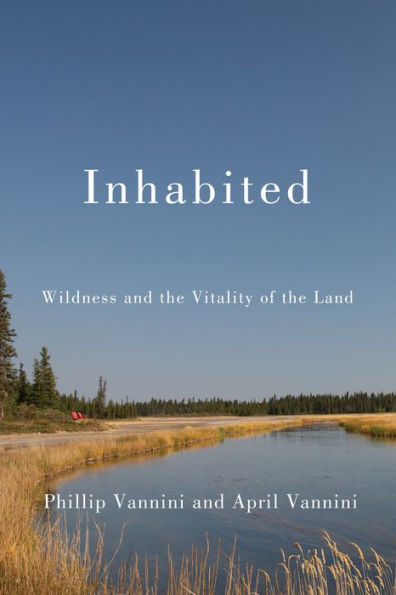Home
The Inhabited Prairie
Barnes and Noble
The Inhabited Prairie
Current price: $49.99
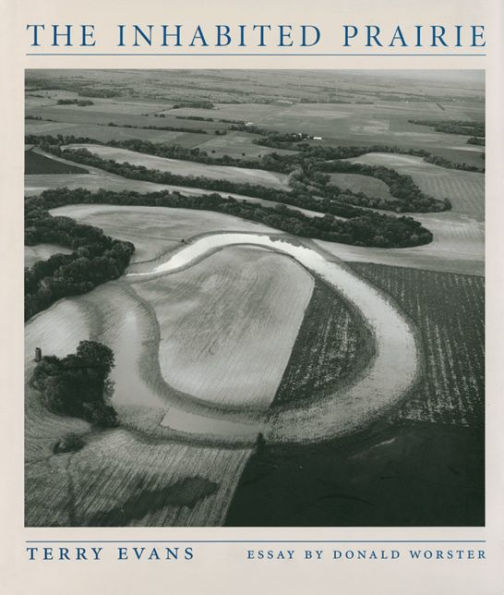

Barnes and Noble
The Inhabited Prairie
Current price: $49.99
Size: OS
Loading Inventory...
*Product information may vary - to confirm product availability, pricing, shipping and return information please contact Barnes and Noble
If you want to grasp the rich complexity of the past, observes environmental historian Donald Worster, you could do worse than spend time on the prairie. Seen from high above, it is an orderly grid of farmland; closer to ground level, it reveals the industriousness of humanity in the making and remaking of the land.
Considered by many to be lacking in inspiration, the prairie is shown by photographer Terry Evans to be a land of varied textures. Evans seeks to have us pay attention to the ways we perceive both the natural and the cultural in this underappreciated landscape, and in this stunning collection of photographs she reads the land for the stories it has to tell.
Widely known for her spectacular photographs of pristine prairie, Evans here works at low altitudes to focus on the land as an inhabited place. These fifty black-and-white images document specific locations and disclose some of the contradictions and mysteries about how we live on the prairie. Through her lens we view the site of an ancient Indian village, targets on the Smoky Hill Weapons Range, and old country cemeteries; observe the startling contours of plowed fields and sandpits; and witness the tranquility of deer grazing on new winter wheat. All of these images help us to understand the layers of life on the prairie and the complex interweaving of nature and man.
"Outdoor pictures are supposed to be scenes of picturesque beauty," Worster writes in his accompanying essay, "and the prairies have seldom met that ideal for most people. Only a few artists have tried to figure out how to get its tangled, intricate weave into a revealing frame." Terry Evans has met that challenge, staking out a middle ground between the extremes of wilderness and grid to show us that the prairie is more than a commodity to be subdivided and sold. She brings to
a keen sense of understanding combined with deep artistic vision, opening our eyes to a prairie we live with but perhaps seldom see.

